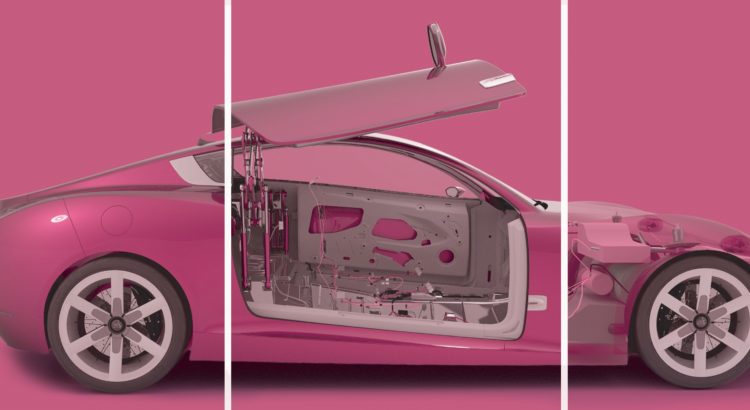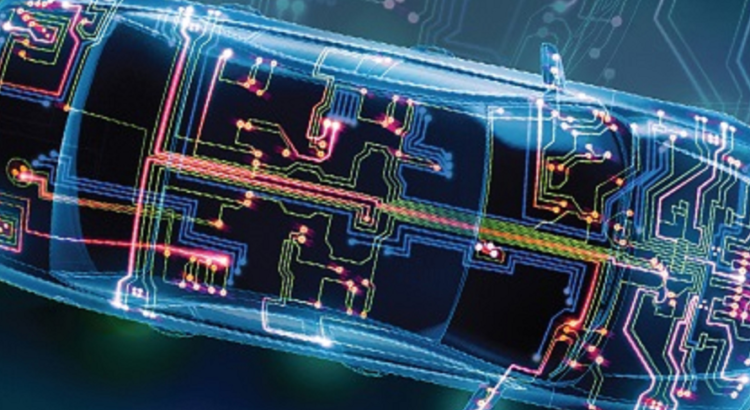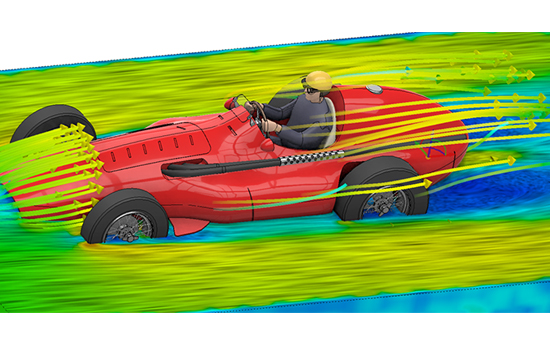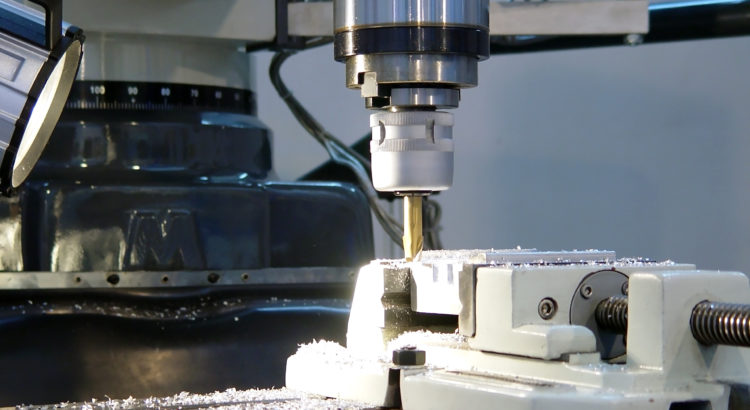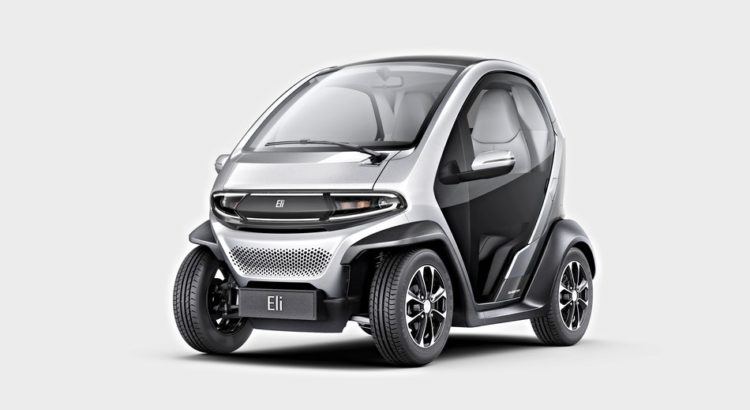CATIA R2019X have become a powerful tool for surface modeling across automobile and aircraft industries. The tool allows designers to create compelling visual products using the 3D virtual reality. It provides a lean and intuitive environment to carry out all design and engineering activities. Have a look at some of the exciting features of CATIA R2019x latest release.
New Immersive Design Experience

The immersive virtual reality integrated into CATIA is now extended in R2019x to Virtual Reality. The feature helps teams to experience the product in real time. It also allows designers to communicate their creativity transforming 2D ideas into 3D models.
Product Experience Presenter

The feature helps to create compelling visual products in 3D for more professional and effective styling presentations. The presenter gives power to the designers to create detailed design explorations and reviews.
ICEM Design Experience

The tool introduced ICEM Design Experience application, which is a surface modeling app used for Computer Aided Styling and Class A surface modelers. The application has a highly interactive and innovative user experience to increase the levels of productivity and collaboration.
Function Driven Generative Design
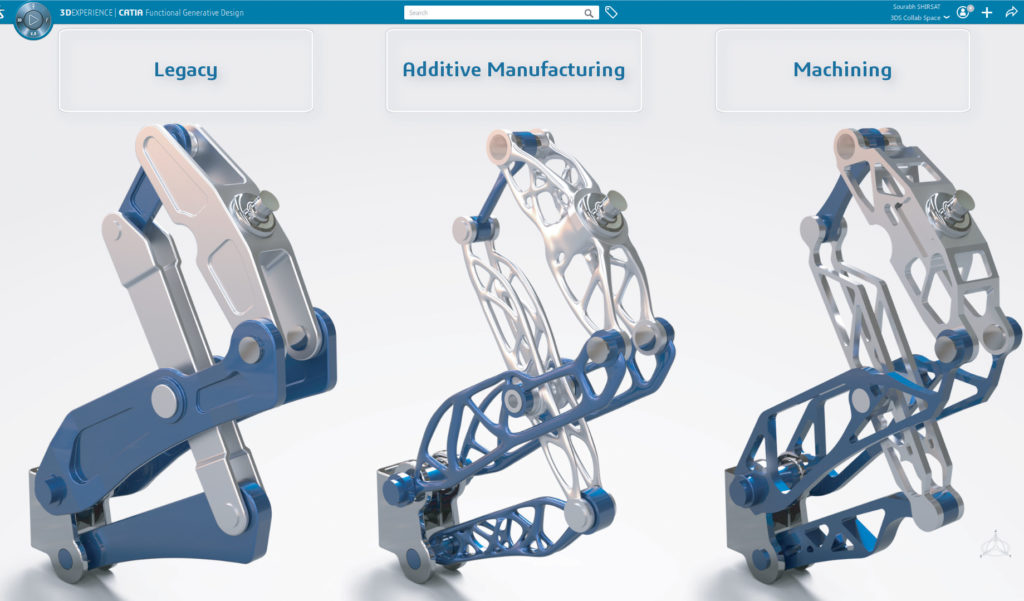
The feature helps even the design beginners to generate optimized conceptual assemblies and parts from the functional specifications. The advanced version needs just a button press to run simulations and create highly optimized, smooth, and regular product surfaces. The feature also has some new controls to make changes in the designs of the optimized parts.
Cyber Systems Engineering
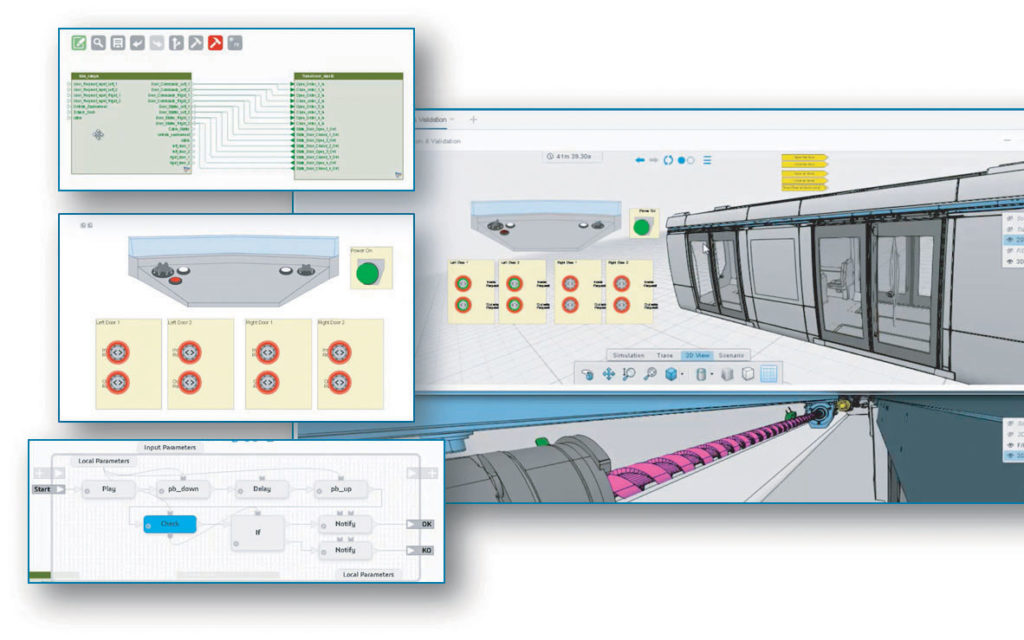
The feature provides digital continuity to validate, design, and experience mechanical, electronic and software systems. Cyber systems engineering has also introduced a new role Virtual Systems Experience Designer which helps in the integration of 3D party FMI. The feature gives a better understanding of the realistic behavior of the entire system.
Some other features of CATIA R2019x:
- System engineers can now work with multiple enhancements and across additional roles. The new version of the tool makes their job easier and highly productive.
- The unconstrained creativity in its new version of the 3D Generative innovator combines the graphical visual scripting and interactive 3D modeling which can be used anytime.
- The improved visual scripting feature allows the creative people in the field of Design/ Styling, Architecture, and engineering to quickly design and explore complex shapes and patterns.
The new version of CATIA R2019x makes the product designs easy to navigate and track. Also, these enhancements will help designers to improve their design, engineering and system process.
